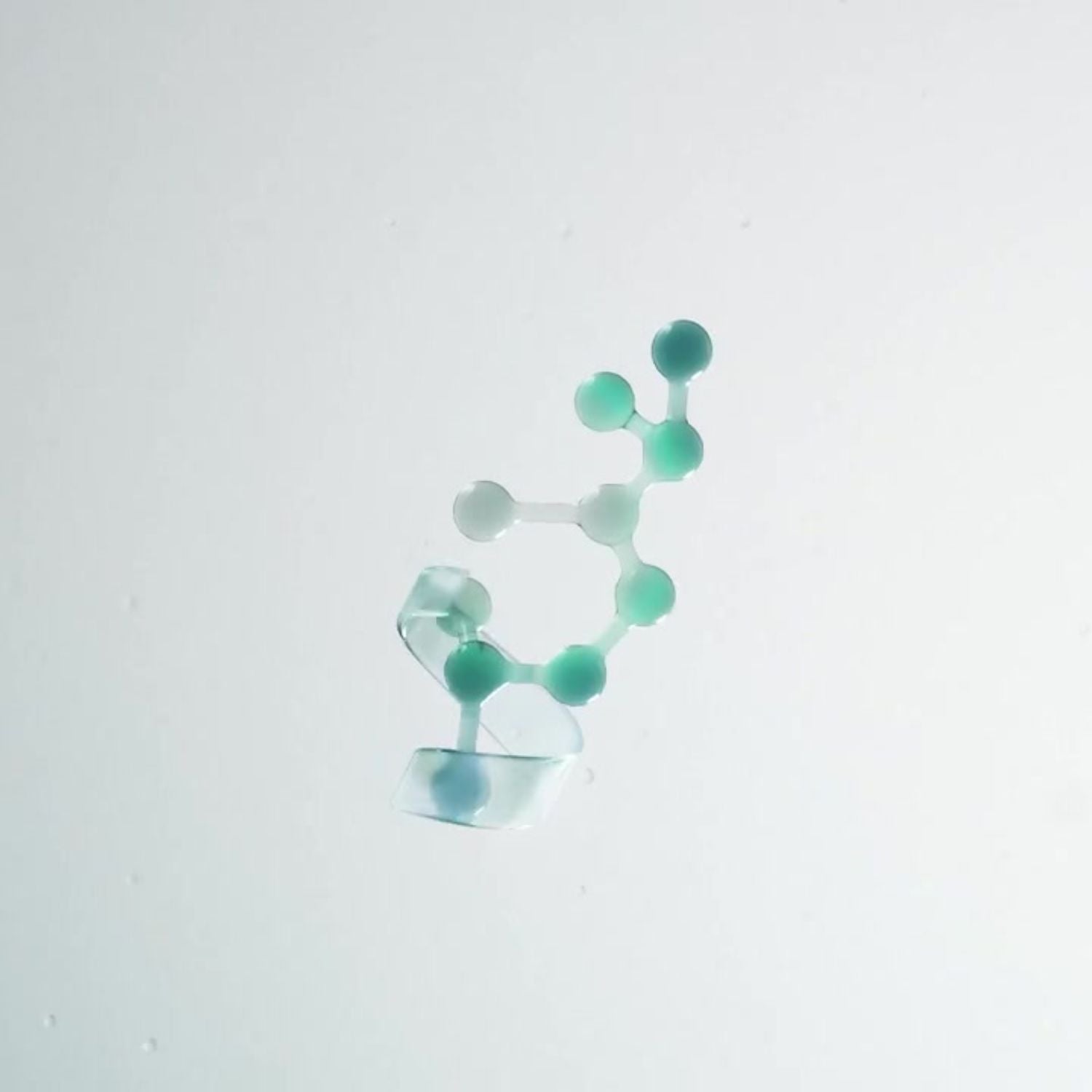What is skin hyperpigmentation?
What causes hyperpigmentation?
Why do we see more hyperpigmentation as we age?
What are common treatments for hyperpigmentation?
- Chemical peels: A chemical peel involves applying a chemical solution to the skin to remove the top layer of dead skin cells. This can help reduce the appearance of hyperpigmentation by shedding melanin-rich skin at the surface of the skin and bringing deeper melanin deposits to the surface. Whether at-home or in-office, most chemical peels are mild and result in only temporary redness, dryness and peeling. For deep hyperpigmentation, dermatologists may recommend intensive in-office peels that require a longer period of healing and more painful side effects.
- Laser therapy: Laser therapy uses high-energy light to target and break up the pigmented cells in the skin, which are then absorbed by the body's immune system. Depending on the type of laser used, side effects may include a mild, sunburned sensation to more pronounced pain and redness for a period of days. Some lasers are not recommended for deeper skin tones and may actually trigger further hyperpigmentation, so it’s important to find a skilled practitioner for your skin tone.
- Microdermabrasion: This treatment involves using a device to exfoliate the top layer of skin. Like other forms of exfoliation, repeated treatments can help reduce the appearance of hyperpigmentation. Side effects include temporary redness and irritation. As with laser treatments, it’s important to find a skilled practitioner to avoid causing skin injury that can actually increase melanin production.
- Topical creams: Over-the-counter or prescription creams containing hydroquinone, kojic acid, or retinoids are commonly used to help reduce the appearance of hyperpigmentation. Unfortunately, many of these active ingredients come with difficult downsides. Hydroquinone, in particular, while very effective at reducing hyperpigmentation, can cause irritation and a side effect called ochronosis, which results in blue-black or gray-blue discoloration.(4) Similarly, kojic acid and retinol treatments may be difficult to tolerate for people with sensitive or dry skin–triggering redness, irritation, and skin peeling.
The OS-01 peptide may address hyperpigmentation better than common topical alternatives
- Induce hyperpigmentation: To induce melanin production in human skin cells in vitro, our scientists exposed melanocytes to IBMX (isobutylmethylxanthine), a molecule that mimics one of the main pathways induced by UV radiation and also imitates a pathway induced by ACTH (adrenocorticotropic hormone), a hormone that is thought to be one of the main factors behind melasma.
- Expose melanocytes to different treatments: After the melanocytes were exposed to IBMX to induce melanin production, we treated the melanocytes with either nothing (positive control), retinoic acid, kojic acid, or the OS-01 peptide.
- Measure resulting melanin production: Finally, we measured the amount of melanin production both intracellularly (inside the cells) and extracellularly (outside of the cells).

- Hyperpigmentation is an age-related condition in which excess melanin collects in deposits around the skin.
- While hyperpigmentation can be triggered by UV exposure or hormones, it commonly appears later in life as a result of increased cellular senescence.
- Common topical treatments like kojic acid, retinol, and hydroquinone have risks including irritation, skin aging and skin discoloration or darkening.
- In a study comparing retinoic acid, kojic acid, and OneSkin’s OS-01 peptide, OS-01 notably outperformed all other treatments in its ability to reduce melanin content in skin (shown in lab studies on human skin samples).
- This result may be due in part to the OS-01 peptide’s proven ability to reduce cellular senescence, as shown in lab studies on ex vivo human skin samples. (3)
- WebMD https://www.webmd.com/a-to-z-guides/what-is-melanin
- Healthline https://www.healthline.com/health/hyperpigmentation#types
- ScienceDirect https://www.sciencedirect.com/science/article/pii/S0047637420301184
- NCBI https://www.ncbi.nim.nih.gov/books/NBK539693/
- Zonari, A., et al. Senotherapeutic peptide treatment reduces biological age and senescence burden in human skin models. Npj Aging, 9(1), 1-15. 2023.



